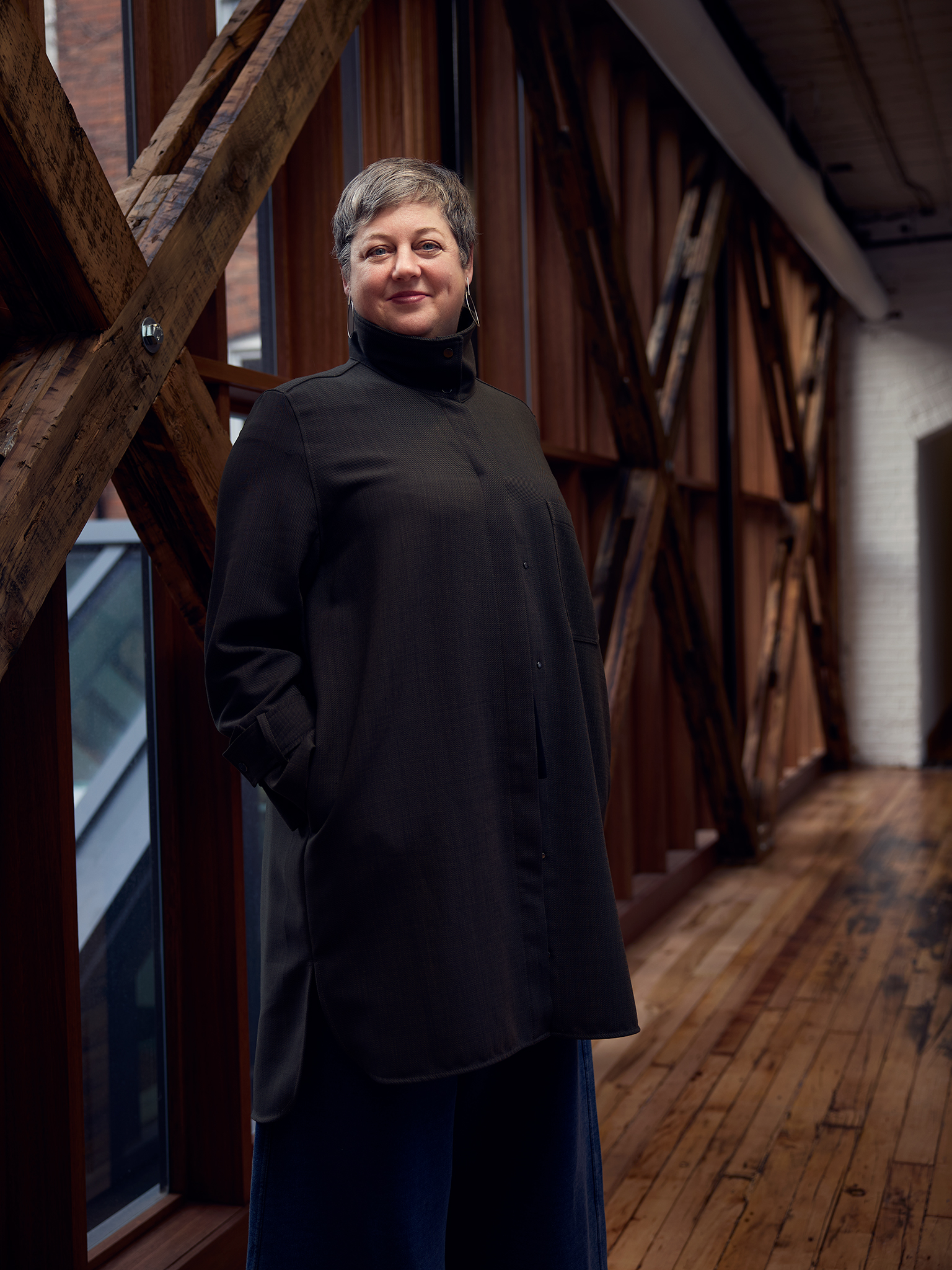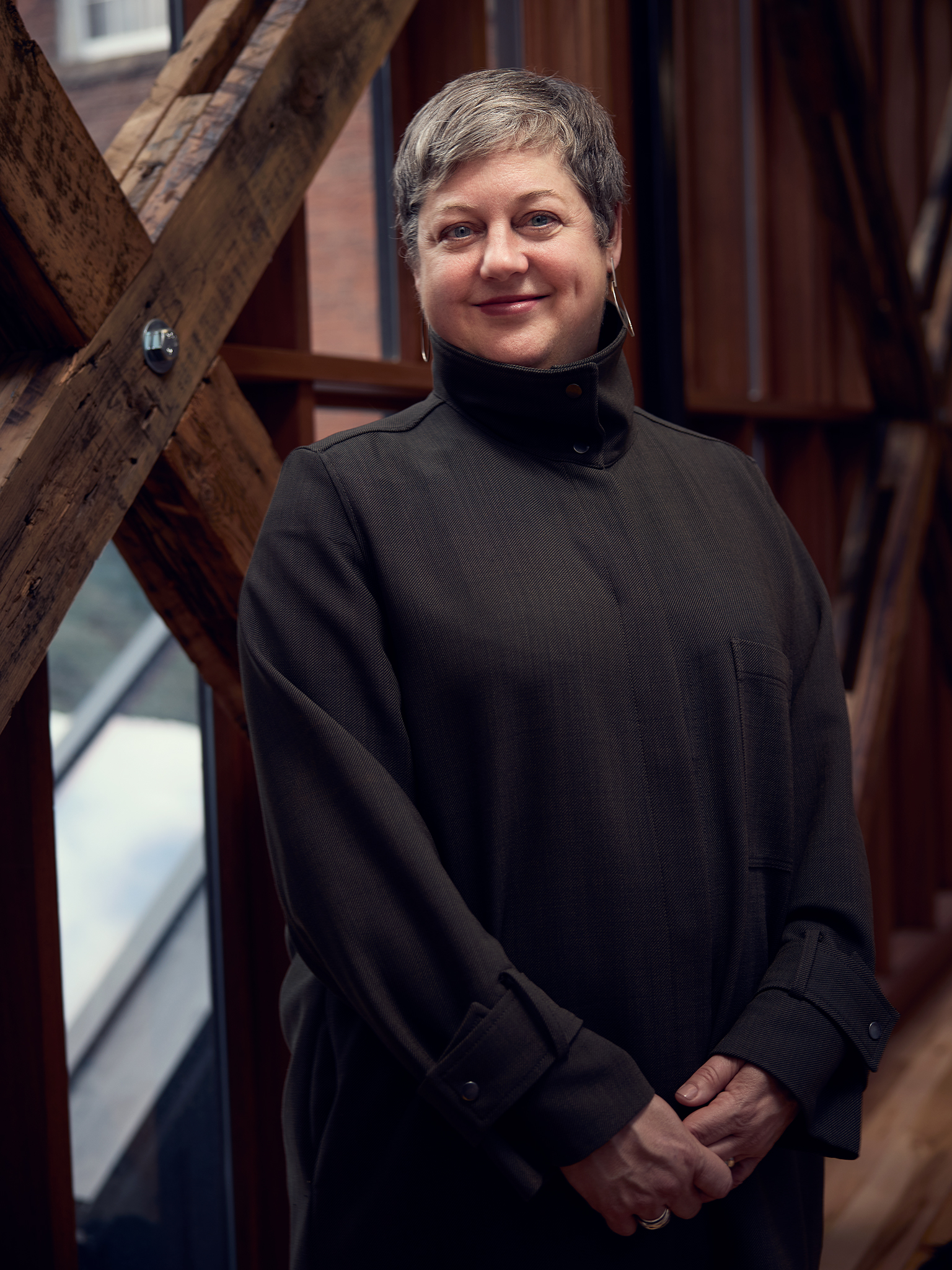View
Curating the Court
by Ian Kennedy
photography by Mike Ford
In the heart of Canada’s largest city, a new exhibit is set to bounce on to the scene, chronicling Toronto’s evolving basketball culture from street courts to sold-out arenas. York University, a longtime incubator of athletic talent and academic excellence, stands at the forefront of this ambitious project, bringing together sports history, urban studies and community voices in a dynamic showcase of the city’s deep connection to the game.
Opening at the end of May at Harbourfront, Home Game: Toronto Loves Basketball is a Museum of Toronto project, created in partnership with York University experts, celebrating the sport’s influence on the city’s vibrant communities.
York alumni and faculty have poured their expertise and personal experiences into the curation of the exhibit. This isn’t just a static display of memorabilia; visitors will actively shape the exhibit’s narrative.
At the helm of this endeavour are Museum of Toronto executive director Heidi Reitmaier (BFA ’90) and Sarah Bay-Cheng, dean and professor at the School of the Arts, Media, Performance & Design. “We’re striving for a sense of connection,” Reitmaier says. “We want visitors to see themselves reflected, to recognize their role in the game’s evolution in our city.”

York University’s basketball pedigree runs deep. Alumni including Mark Jones (BA ’84) and Tim Rider (BA ’86) led the men’s team to glory in the 1980s. Jones’s voice now echoes through living rooms as a renowned broadcaster, while Rider’s legacy is enshrined in York’s Sport Hall of Fame. The University’s recent partnership with the Toronto Raptors as their official Canadian university partner further cements its place in the city’s basketball ecosystem. This collaboration offers York students unique opportunities to gain hands-on experience in sports-related fields, from business and marketing to media and event management, directly connecting academic programs with professional basketball.

The exhibit’s launch coincides with the Toronto Raptors’ 30th anniversary in the NBA, but it aims to tell a broader story. The exhibit will examine the long history of the sport in Toronto, from the city’s first women’s basketball club in 1895 to the present day, showcasing how basketball has reflected and shaped Toronto’s cultural identity. It will spotlight the grassroots teams that sprouted in diverse communities, from Chinese-Canadian youth squads to pioneering Muslim women’s groups.
“Basketball became a cornerstone of Toronto’s identity,” Bay-Cheng observes. “Its success here speaks volumes about our city’s resilience and community spirit.”
The exhibit aims also to illustrate how basketball has kept pace with Toronto’s changing face, influencing everything from fashion to music. The exhibit will be located at 401 Richmond, with other locations at community courts in Scarborough and North York.
A duo of guest curators will work alongside Reitmaier and Bay-Cheng to execute the exhibit: Kayla Grey, a Canadian sportscaster with TSN, and Perry King, a journalist and author of Rebound: Sports, Community, and the Inclusive City.
The exhibit’s innovative approach encourages visitors to contribute their own stories, creating a living document of Toronto’s basketball heritage.
While the Raptors’ 2019 NBA championship was a defining moment, the exhibit reaches deeper, tapping into the stories forged on neighbourhood courts across the city. As Toronto prepares to welcome a WNBA franchise in 2026, this exhibit stands as a testament to the city’s enduring love for the game and its future in the city.
“We can’t capture every facet of this complex history,” Bay-Cheng admits. “But we can outline the known story, highlight the key players in Toronto’s basketball culture, and create space for new voices to join the narrative. This is an evolving record of who we are as a very complex, diverse, multicultural, multinational city.” ■
The Museum of Toronto’s basketball exhibit is at Toronto’s Harbourfront Centre, May 21to October 30.